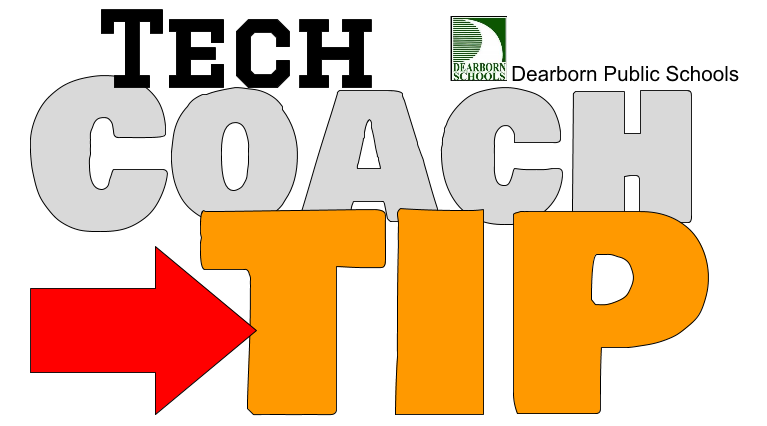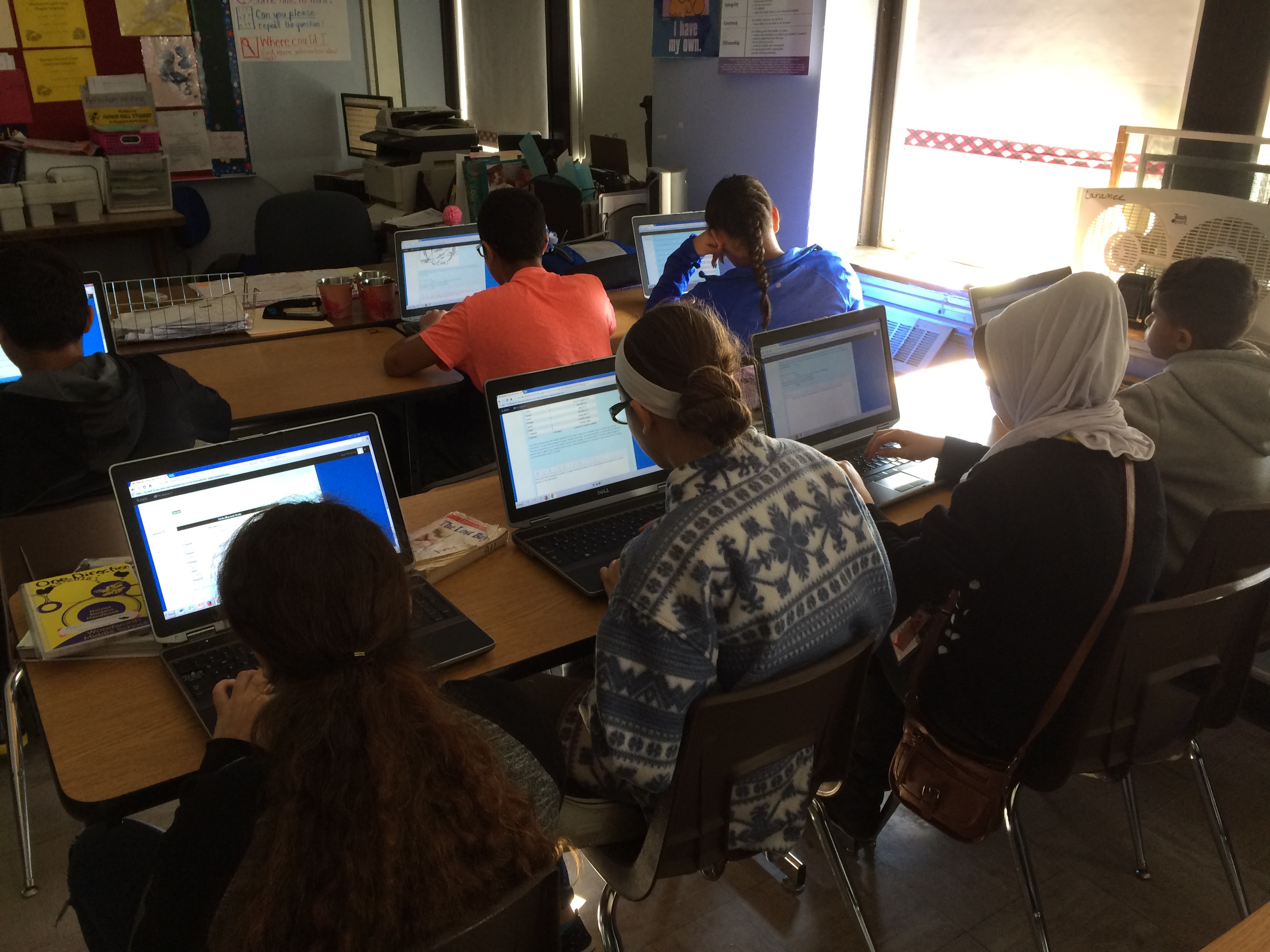Last week, I met with language arts teachers Lindsay Diem and Susan Basom-Juchau to talk about ideas for integrating technology into their upcoming MAISA unit. Since Diem and Basom-Juchau are already utilizing Google Classroom with their students, we talked about how...
Transforming Learning
Transforming Assessment with iLearn (Moodle)
During the current school year, over 40 teachers have begun to use, or ramped-up their use of Moodle (what Dearborn calls iLearn) in their classroom. One of these teachers is Nicole Laramee, science and social studies teacher at Woodworth Middle School. Ms. Laramee...
Using Technology to Support At-Risk Students’ Learning
https://edpolicy.stanford.edu/sites/default/files/scope-pub-using-technology-report.pdfA study published by the Stanford Center for Opportunity Policy in Education (SCOPE) provides evidence that the active use of technology makes the difference in at-risk learning. Click here to read the report.
Read moreDigital Use Divide
Traditionally, the digital divide referred to the gap between students who had access to the Internet and devices at school and home and those who did not. Significant progress is being made to increase Internet access in schools, libraries, and homes across the country. However, a digital use divide separates many students who use technology in ways that transform their learning from those who use the tools to complete the same activities but now with an electronic device (e.g., digital worksheets, online multiple-choice tests). The digital use divide is present in both formal and informal learning settings and across high- and low-poverty schools and communities.
The Digital Divide is deeper than you thought
The National Technology Education Plan is a vision and call to action for preparing students for life in the 21st century. One of the issues addressed is that of the Digital Divide. But the divide may be deeper than you think: Digital Use Divide Traditionally, the...

